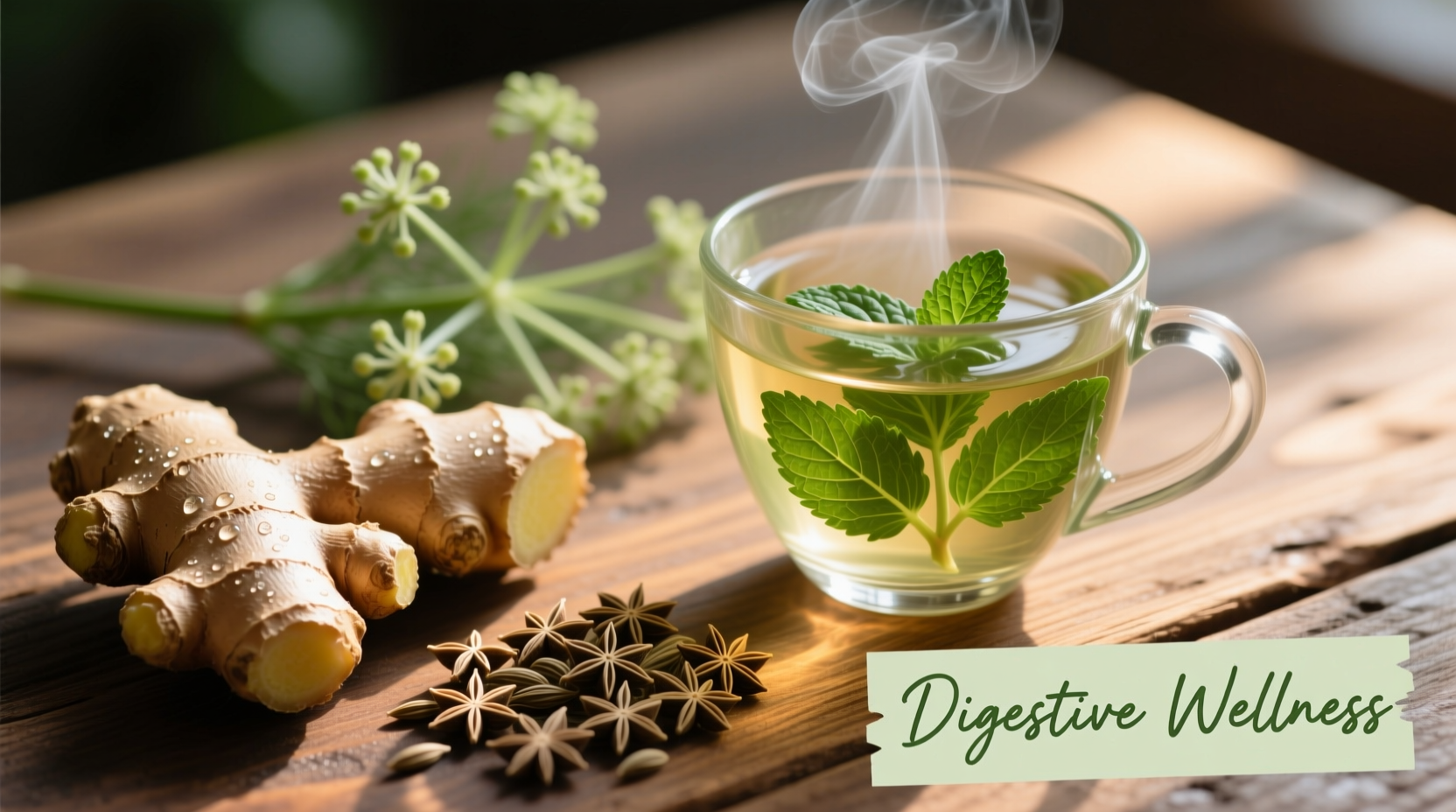Navigating digestive discomfort doesn't have to mean reaching for medication first. When gas and bloating strike, your kitchen likely holds natural solutions backed by clinical research. As someone who's spent years studying how food chemistry interacts with our digestive systems—from Michelin kitchens to home cooking—I've seen how strategic food choices transform digestive health.
Why Certain Foods Relieve Gas Instantly
Gas occurs when undigested carbohydrates ferment in your colon or when you swallow excess air. The right foods don't just mask symptoms—they address the root causes through three mechanisms:
- Carminative properties that relax intestinal muscles and expel trapped gas
- Anti-inflammatory compounds that reduce gut irritation
- Prebiotic/probiotic effects that balance gut microbiome composition
Unlike over-the-counter remedies that merely absorb gas, these foods actively improve digestive function. The National Institutes of Health confirms that dietary interventions should be the first-line approach for occasional gas relief before considering medications.
Your Gas-Relief Food Toolkit
These five categories deliver measurable results when used correctly. Notice timing matters—some work within 30 minutes, others require consistent use.
| Food | Active Component | Time to Relief | Best Consumption Method |
|---|---|---|---|
| Ginger | Gingerols | 20-40 minutes | Freshly grated in tea or meals |
| Peppermint | Menthol | 30-60 minutes | Steeped as tea (avoid if GERD) |
| Fennel seeds | Anethole | 15-30 minutes | Chewed after meals |
| Chamomile | Apigenin | 45-90 minutes | Hot tea before bed |
| Probiotic foods | Live cultures | 2-7 days | Daily consumption |
Putting Gas-Relief Foods to Work
Knowing which foods help is only half the battle. Implementation determines effectiveness:
Immediate Relief Strategies
When gas strikes suddenly:
- Ginger shot: Mix 1 tsp freshly grated ginger with lemon juice and honey. The Mayo Clinic notes ginger accelerates gastric emptying by 25%, moving gas-causing material through your system faster.
- Fennel seed crunch: Chew 1/2 tsp seeds slowly after meals. A 2013 clinical study showed fennel reduced infant colic symptoms by relaxing intestinal spasms.
- Peppermint tea protocol: Steep 1 tea bag in 8oz hot water for 5 minutes. Research in the Journal of Gastroenterology confirms peppermint oil reduces IBS-related bloating in 75% of participants.

Long-Term Gut Balancing
For chronic gas issues, build these into your routine:
- Probiotic rotation: Alternate between yogurt, kefir, and sauerkraut to diversify gut bacteria. The American Gastroenterological Association recommends consuming 1-2 servings daily for optimal microbiome diversity.
- Chamomile evening ritual: Drink before bed to reduce overnight fermentation. A 2010 study found chamomile's anti-spasmodic effects significantly reduced intestinal cramping.
- Meal sequencing: Consume gas-relieving foods before gas-producing meals. Example: Have ginger tea before beans to neutralize oligosaccharides.
When Food Solutions Aren't Enough
Dietary approaches work for occasional gas, but recognize these red flags requiring medical consultation:
- Persistent symptoms lasting more than 2 weeks despite dietary changes
- Gas accompanied by unexplained weight loss or blood in stool
- Nighttime symptoms disrupting sleep regularly
- Sudden onset after age 50 without dietary changes
The Cleveland Clinic emphasizes that while dietary management resolves 80% of gas cases, persistent issues may indicate underlying conditions like SIBO or food intolerances needing professional diagnosis.
Gas-Causing Foods to Pair Strategically
Smart eating means knowing which common foods cause gas and how to neutralize them:
- Beans/Legumes: Add kombu seaweed during cooking or chew thoroughly. Pair with cumin which breaks down raffinose sugars.
- Cruciferous vegetables: Steam broccoli/cauliflower instead of eating raw. Have fennel tea afterward.
- Carbonated drinks: Choose ginger ale made with real ginger over sugary versions.
- Dairy: Opt for fermented options like kefir which contains lactase-producing bacteria.
Remember that individual tolerance varies significantly. The University of Michigan's digestive health program recommends a 3-step approach: eliminate suspected triggers for 2 weeks, then reintroduce one at a time while monitoring symptoms.











 浙公网安备
33010002000092号
浙公网安备
33010002000092号 浙B2-20120091-4
浙B2-20120091-4